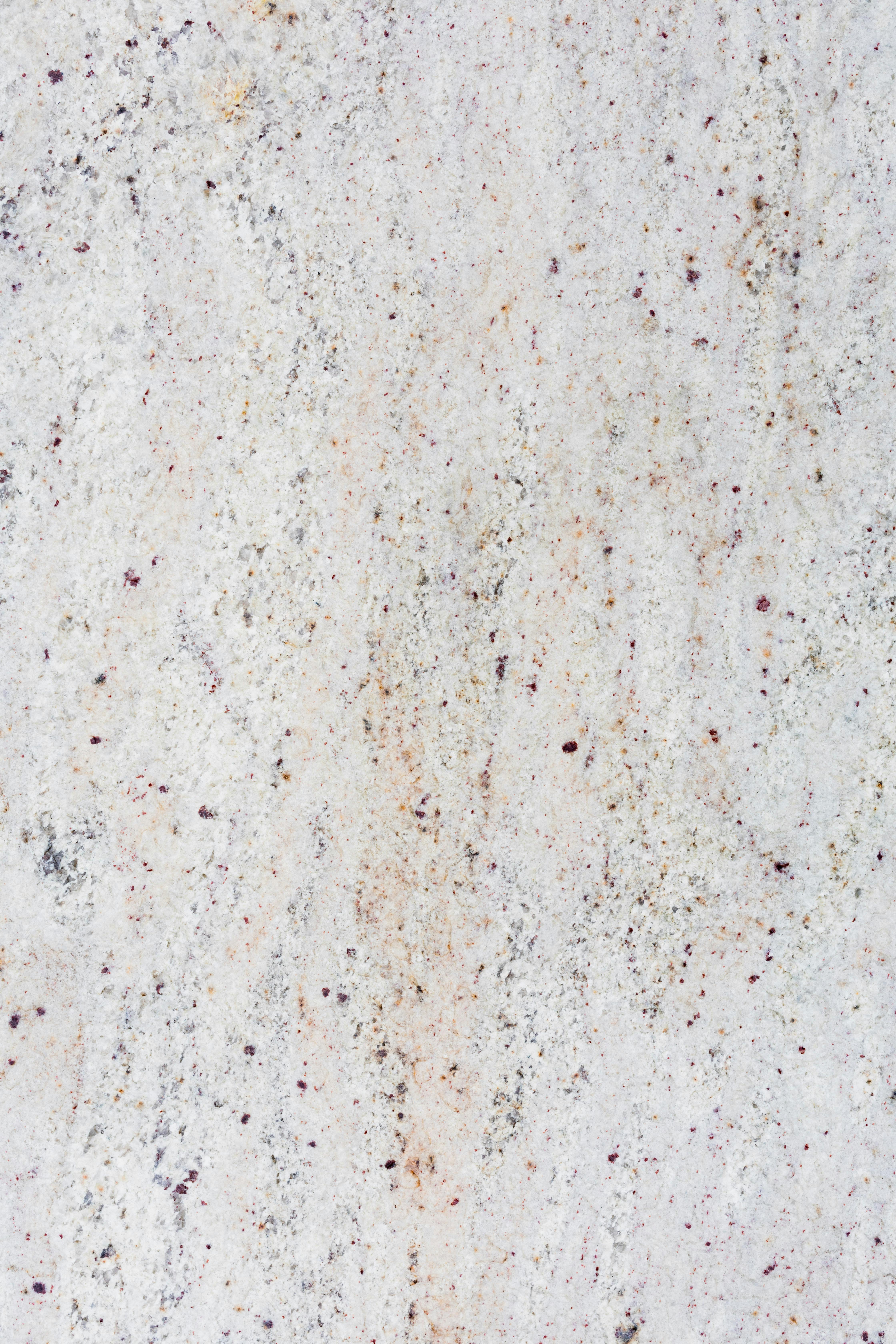How to Properly Measure Suit Jacket Size for Perfect Fit in 2025

Understanding Suit Jacket Size Measurement for 2025
When it comes to finding the perfect suit jacket, understanding how to measure for the right fit is essential. A well-fitted suit jacket can enhance your appearance, confidence, and comfort. As we dive into the jacket size measurement process, it's important to recognize that each individual's body shape and preferences can vary. This guide will walk you through the steps of measuring for a suit jacket, deciphering sizing charts, and tips for achieving the best possible fit. The following sections will help you navigate the complexities of jacket sizing in 2025, ensuring that you look sharp for every occasion.
Additionally, modern approaches to measuring and understanding body types will be explored to help you select a suit jacket that not only fits well but also complements your style. By the end of this article, you’ll feel equipped to tackle the suit jacket fitting process with confidence.
Key Takeaways: Understanding suit jacket sizes, importance of accurate measurements, tips for achieving a perfect fit.
Essential Suit Jacket Size Guide
Building on the fundamentals of jacket sizing, the suit jacket size guide is a pivotal tool for ensuring the correct fit. Suit jackets are generally categorized by chest size, often listed in even numbers ranging from 34 to 54. However, the perfect jacket fit goes beyond just the chest measurement; it needs to encompass the overall silhouette and dimensions of the jacket.
The best practice is to first measure your chest size accurately. Begin by standing up straight and wrapping a measuring tape around the fullest part of your chest, ensuring that the tape is snug but not overly tight. This is the foundation of your suit jacket size chart, which also includes other key measurements such as waist and sleeve lengths.
This naturally leads us to the next key measurements: waist and sleeve length. The waist measurement, ideally taken just above the hips, is crucial for a tailored fit that complements your body shape. The sleeve length, measured from the backbone to the wrist, also dramatically impacts the overall appearance of a suit jacket.
Measuring Techniques for Suit Jackets
Measuring your suit jacket size accurately is crucial for achieving that perfect fit. Here are some essential measuring techniques:
How to Measure Your Chest: The chest measurement should be taken around the widest part while keeping your arms relaxed at your sides. It’s vital to take the measurement while wearing a fitted shirt to get an accurate reading.
How to Measure Your Waist: For the waist measurement, find the natural crease of your waist by bending to one side. Measure around this point, keeping the tape snug but not tight. It’s important to note that this measurement will help in determining how well the jacket will fit you when buttoned.
Sleeve Length Measurement: The sleeve length can be measured from the center of the back at the base of the neck down to the wrist, bending the elbow slightly for an accurate fit. This measurement ensures that your jacket sleeves are neither too short nor excessively long.
With these measurements noted, you are well-prepared to begin comparing your size on different suit jacket size charts. Using a jacket size calculator can also optimize your fitting process, making jacket selection easier.

Fit a Suit Jacket: Understanding Key Measurements
Having established the fundamental measurements, it's now crucial to understand how they relate to achieving the perfect fit for your suit jacket. Beyond simple numbers, the fit of a suit jacket can significantly influence your overall look.
Suit Jacket Shoulder Measurement: The shoulder measurement is paramount for achieving a good fit. Ideally, the shoulder seam of the jacket should line up with the edge of your shoulder, allowing for natural movement without empowerment or bunching.
Measuring Around the Chest: Besides ensuring a snug fit, the chest measurement also determines how well the jacket accommodates layering. A well-fitted suit jacket will allow you to comfortably wear a shirt and tie underneath without feeling constricted.
Taking this concept further, the importance of the jacket length cannot be overlooked. A properly fitted jacket should cover your seat and end just below your hips. This balance not only looks sophisticated but also works to elongate your silhouette.
Suit Jacket Size Tips for Different Body Types
Understanding your unique body type is crucial when selecting suit jackets. Here are some tips for various body shapes:
Pectus Excavatum (Sunken Chest): Opt for jackets with structured shoulders to help create a more balanced silhouette. Avoid overly tight fits as they can highlight the chest area.
Tall Body Types: For tall men, selecting a jacket with longer body lengths and sleeves is essential. Ensure that the proportions of the jacket harmonize with your height.
Shorter Body Types: If you are on the shorter side, tailoring a slightly shorter jacket can create an illusion of length. Opting for a single-breasted jacket can also help avoid adding bulk.
Common mistakes to avoid include ignoring your body shape while shopping, as well as underestimating the importance of custom alterations for achieving a truly personalized fit.

Common Suit Jacket Sizes Explained
Many individuals often find themselves confused when navigating jacket sizes. Understanding the common suit jacket sizes can help ease this process.
Standard sizing in men's jackets generally ranges from size 34 to 54 in even numbers, with each size typically representing about 2 inches in chest size. For instance, if you measure a chest size of 40, you would likely be a size 40 in jackets.
However, size variations may occur across different brands. Therefore, it’s wise to refer to each brand’s suit jacket fitting measurement details and size charts before making a purchase.
This variance makes it crucial to measure yourself regularly, as your body measurements may change over time due to lifestyle changes or aging. Knowing how to take body measurements will help ensure that you purchase the appropriate jacket size every time.
Adjustments and Tailoring for Suit Jackets
Even with accurate measurements, adjustments may be necessary to achieve the perfect fit. Tailoring can help refine the fit around the chest, waist, shoulders, and sleeves, offering a level of customization that off-the-rack jackets often lack.
When considering adjustments, consulting with a tailor is key. Discussing fit with your tailor can help ensure they understand the specific changes you require based on your body measurements. For example, they may take in or let out the sides and sleeves, ensuring a clean look around the shoulders and back.
Lastly, keep in mind the common suit jacket alterations, such as adjusting for sleeve length or contouring the jacket to fit your body's natural shape. These tweaks can elevate a simple suit jacket into a tailored masterpiece.
Conclusion: Importance of Finding the Right Jacket Fit
As we’ve explored throughout this guide, achieving the correct jacket size requires a combination of accurate measurements and a good understanding of fit. The process involves more than just numbers; it’s about highlighting your best features while ensuring comfort and functionality.
We hope you now feel confident in measuring for your next suit jacket, understanding the importance of tailoring, and approaching the suit buying process with a clear command of your sizing needs.
Remember that a great suit jacket can elevate your wardrobe and reflect your personal style, making the effort of properly measuring your suit jacket size well worth it.
Its part of generated content. Can i generate another part?